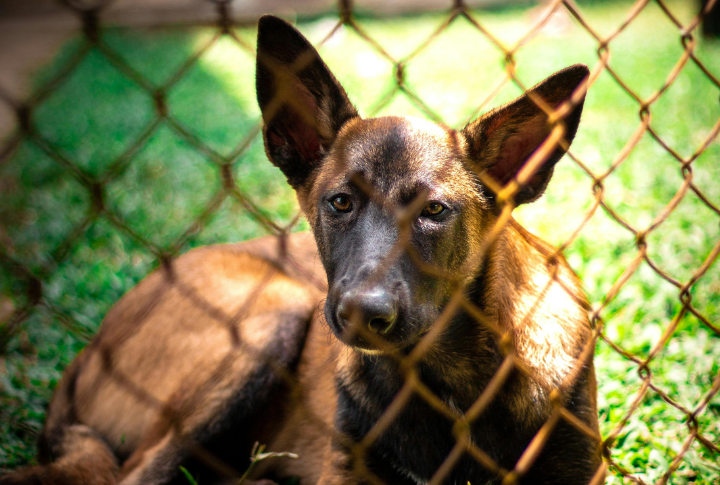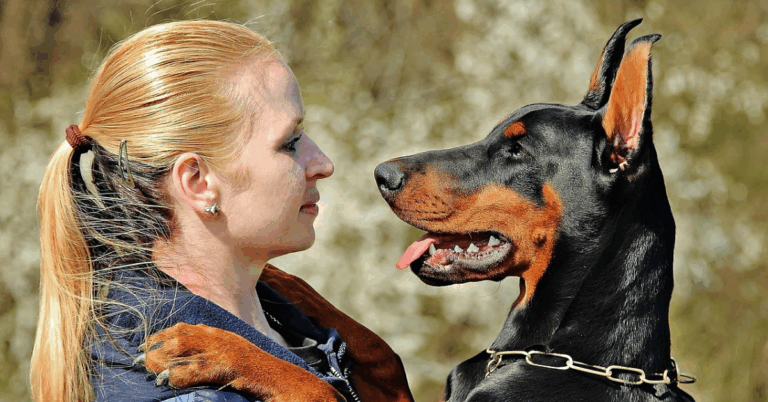10 Experiences That Can Trigger PTSD In Dogs

Post-Traumatic Stress Disorder (PTSD) is most often associated with humans, but it can also affect dogs. Just like people, dogs are capable of experiencing fear, anxiety, and emotional turmoil following traumatic events. This emotional strain can lead to PTSD, which often manifests in behaviors such as fearfulness and withdrawal. Here are 10 triggers that could lead to PTSD in dogs.
Severe Accidents

Car accidents or falls from heights can be deeply traumatic for dogs, causing them to associate the intense pain with the location of the incident. As a result, injured dogs may avoid those places. Veterinary professionals often recommend gradual exposure therapy combined with positive reinforcement to help these dogs rebuild confidence and overcome their fears.
Natural Disasters

Experiencing natural disasters like hurricanes, tornadoes, wildfires, or earthquakes can leave a lasting impact on dogs. Rescue organizations report that dogs displaced by disasters show symptoms such as shaking or aggressive behavior. Sometimes, they even associate certain weather conditions, like strong winds or thunder, with the traumatic event.
Abuse And Neglect

Dogs that experience physical abuse, such as hitting or excessive restraint, can develop PTSD. Similarly, psychological abuse—like prolonged isolation or verbal aggression—can also lead to trauma. Because of this, these dogs often demonstrate hypervigilance and react strongly to perceived dangers.
Abandonment Or Sudden Rehoming
Abandonment Or Sudden Rehoming

Dogs are naturally social and form strong emotional bonds with their owners. When they are suddenly abandoned or rehomed, it can cause significant psychological distress. Many shelter dogs develop separation anxiety or destructive behaviors as a result of being relinquished. Additionally, multiple rehoming can increase the risk of long-term trauma, making it harder for dogs to trust and feel secure.
Military Or Police Work Trauma

Military or police service dogs often endure high levels of stress in their line of work. Explosions and exposure to injured or deceased individuals can lead to PTSD in working dogs. Signs include startle responses and avoidance of work-related environments. A study by the U.S. Army found that traumatized soldiers also exhibited these symptoms.
Prolonged Confinement Or Crate Trauma

Canines kept in small cages for extended periods often develop PTSD. The lack of movement, social interaction, and mental stimulation leads to anxiety and behavioral issues. Some of these dogs show signs of pacing and excessive licking. Others may refuse to enter confined spaces again or react aggressively when approached.
Exposure To Loud And Sudden Noises

For dogs, loud noises such as thunder can be highly distressing. Some pups develop PTSD-like symptoms after repeated exposure, especially if they associate the noise with a previous traumatic event. Signs often include shaking and hiding. Dogs with severe noise phobia may even injure themselves in a panic.
Dog Fights Or Attacks

Dogs that have been attacked by other animals, especially in severe or repeated incidents, may also develop PTSD. They may become fearful or aggressive toward other dogs and exhibit defensive behaviors even in safe situations. In extreme cases, they may also become socially withdrawn or aggressive toward humans.
Medical Procedures And Chronic Illness

PTSD in dogs can be triggered by painful surgeries or frequent hospital visits. The stress of repeated veterinary visits, combined with discomfort and fear, may result in long-term anxiety. Affected dogs might refuse to enter veterinary clinics, react aggressively to medical handling, or exhibit signs of learned helplessness, becoming unresponsive or passive in certain situations.
The Loss Of A Bonded Companion

The loss of a close canine or human companion can have a profound emotional impact on a dog, leading to grief, depression, and a loss of appetite. Other signs of distress may include clinginess or panic attacks when left alone. Providing behavioral therapy and gradual emotional support can help ease these effects and assist the dog in finding comfort and healing.





